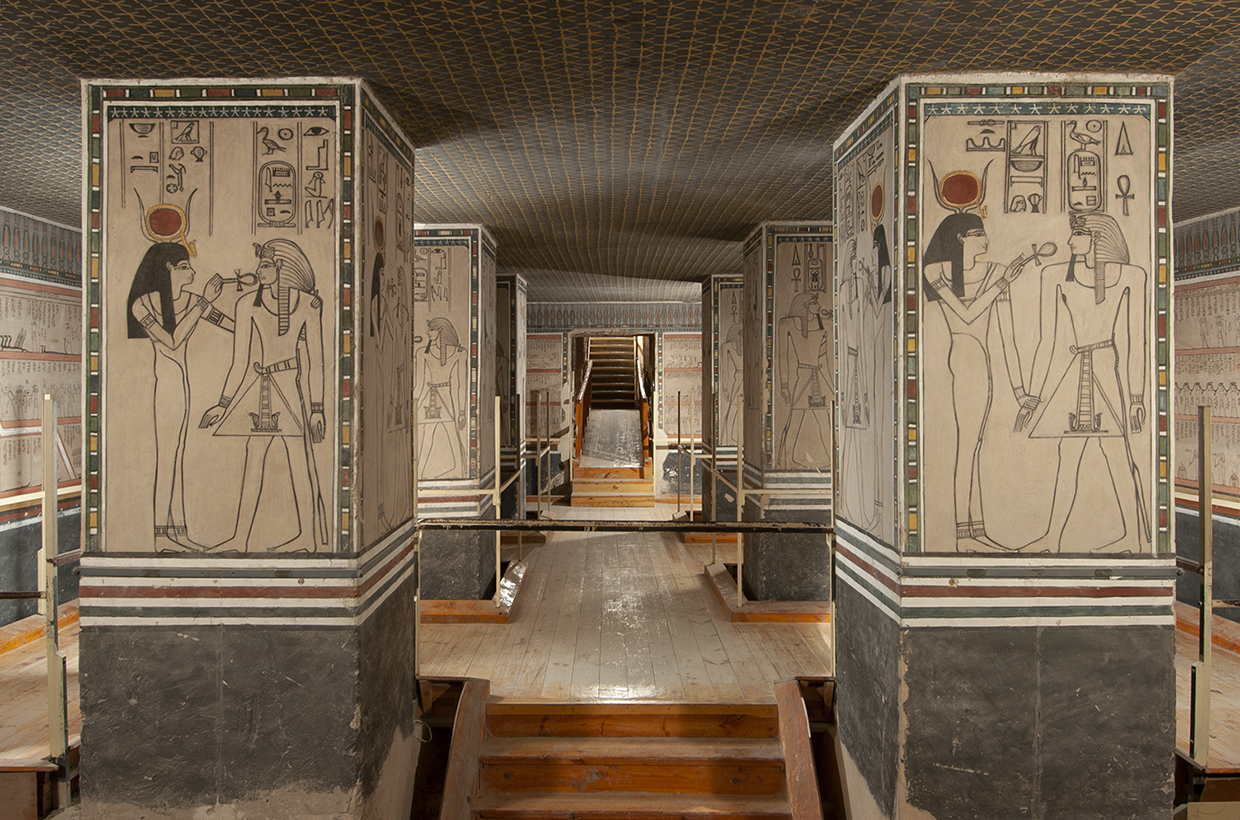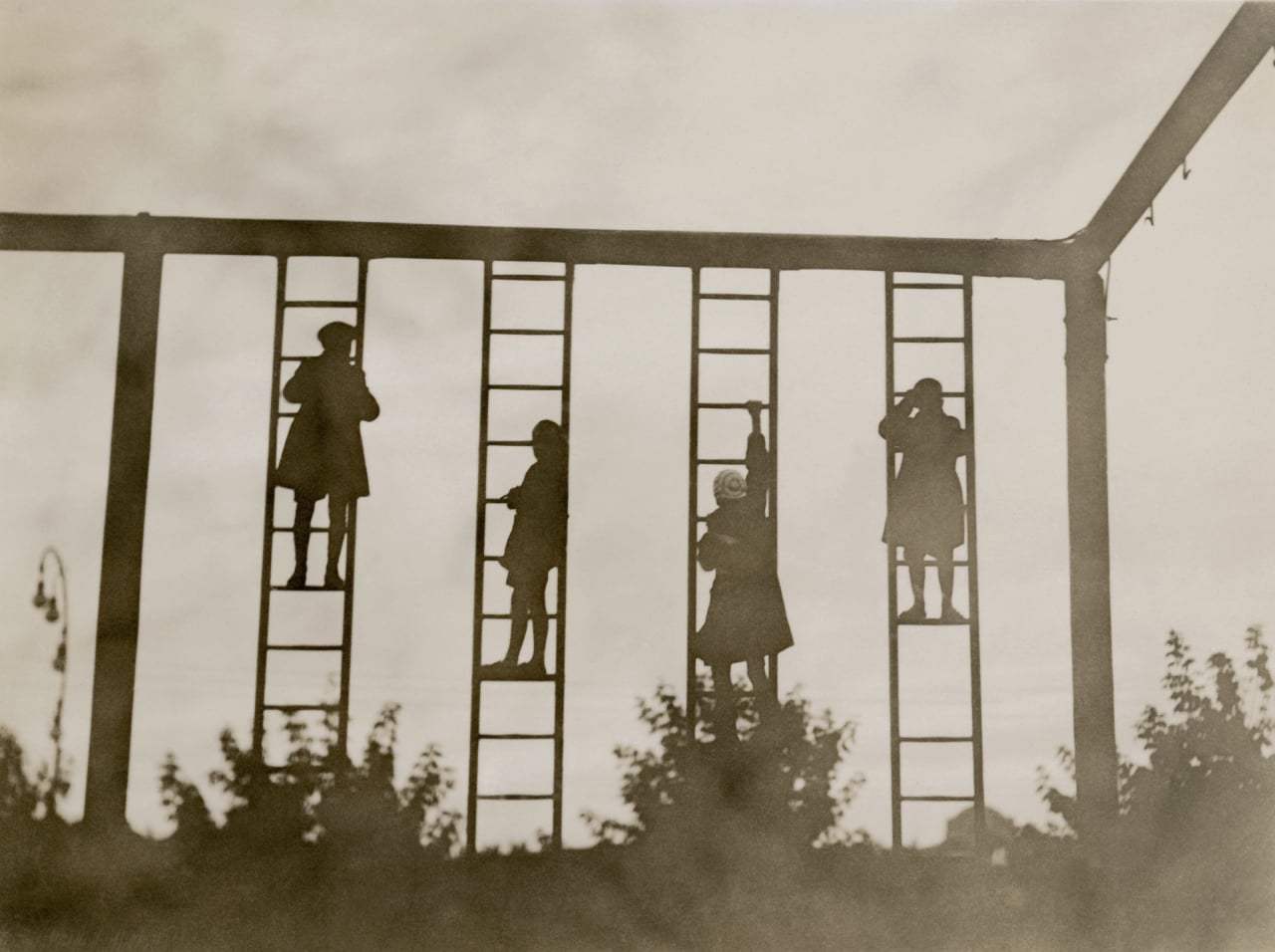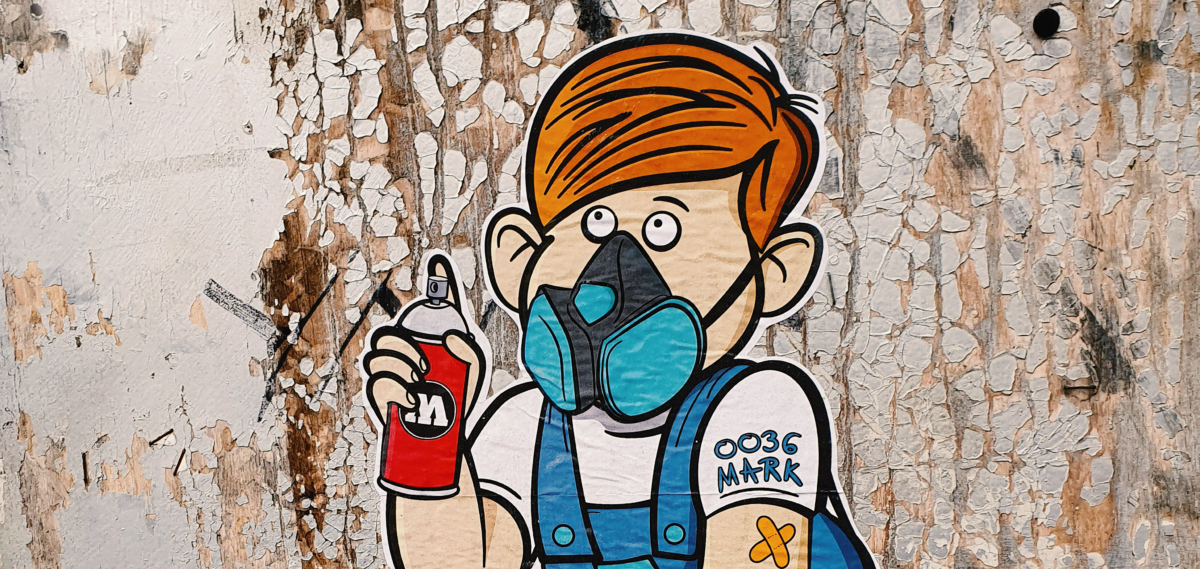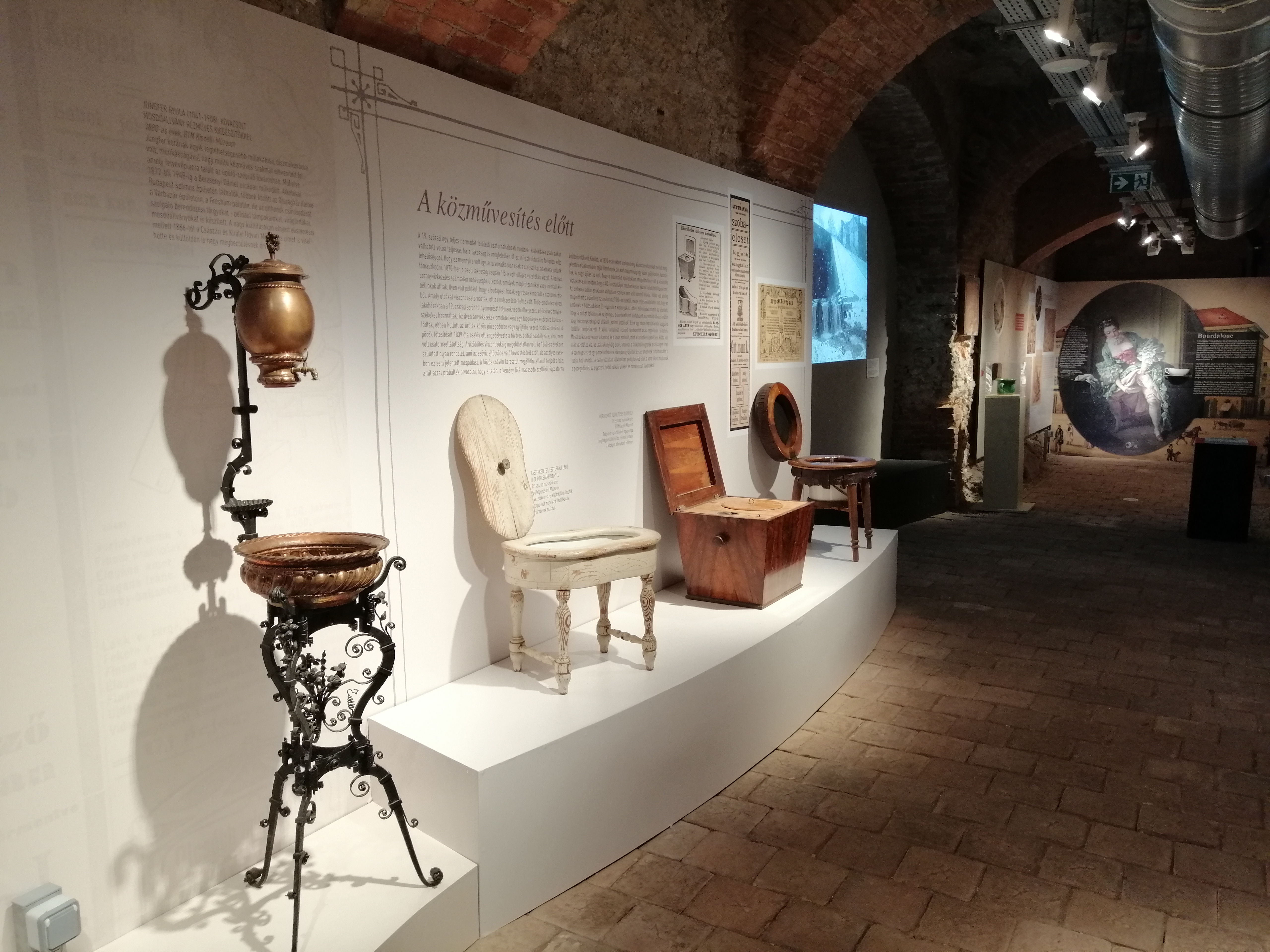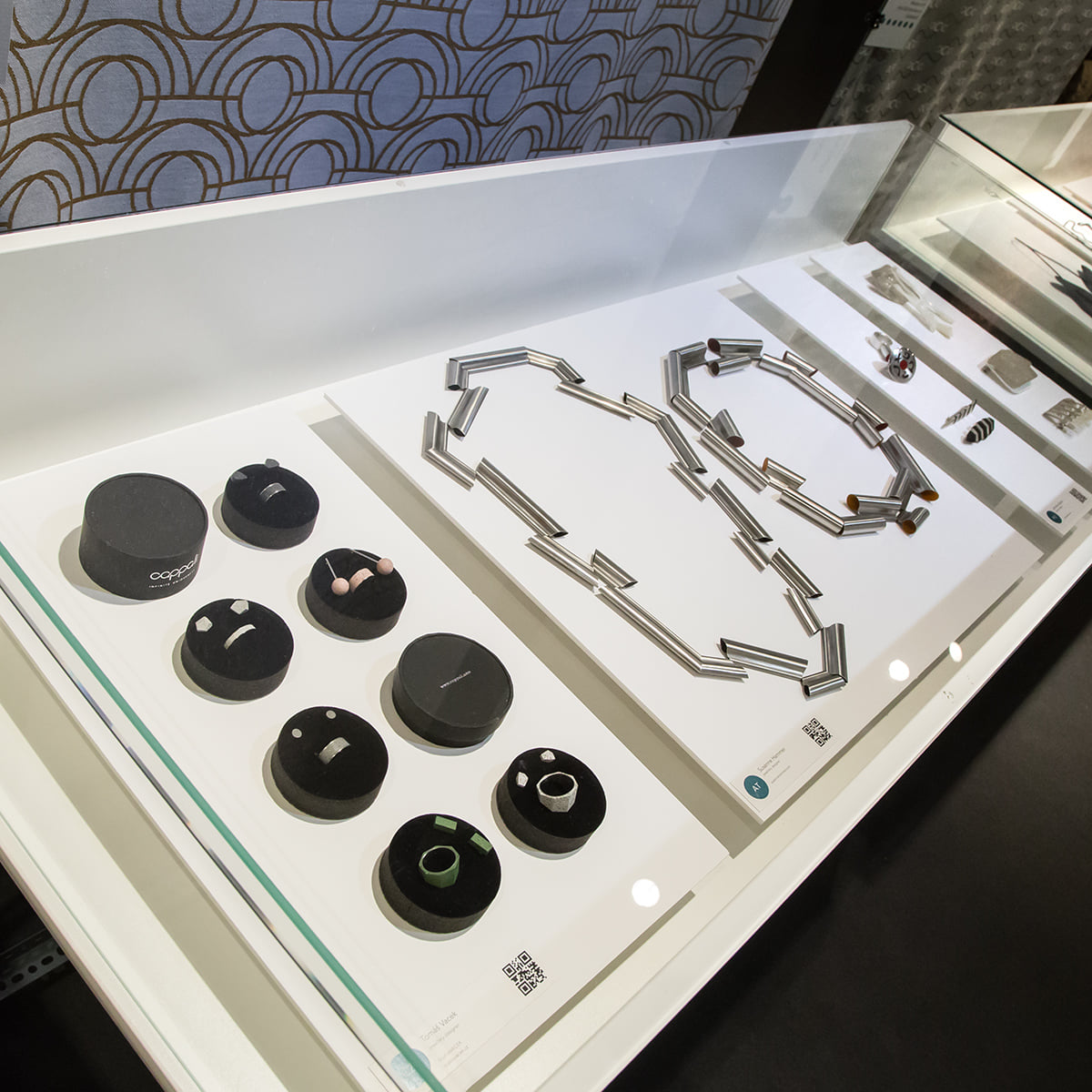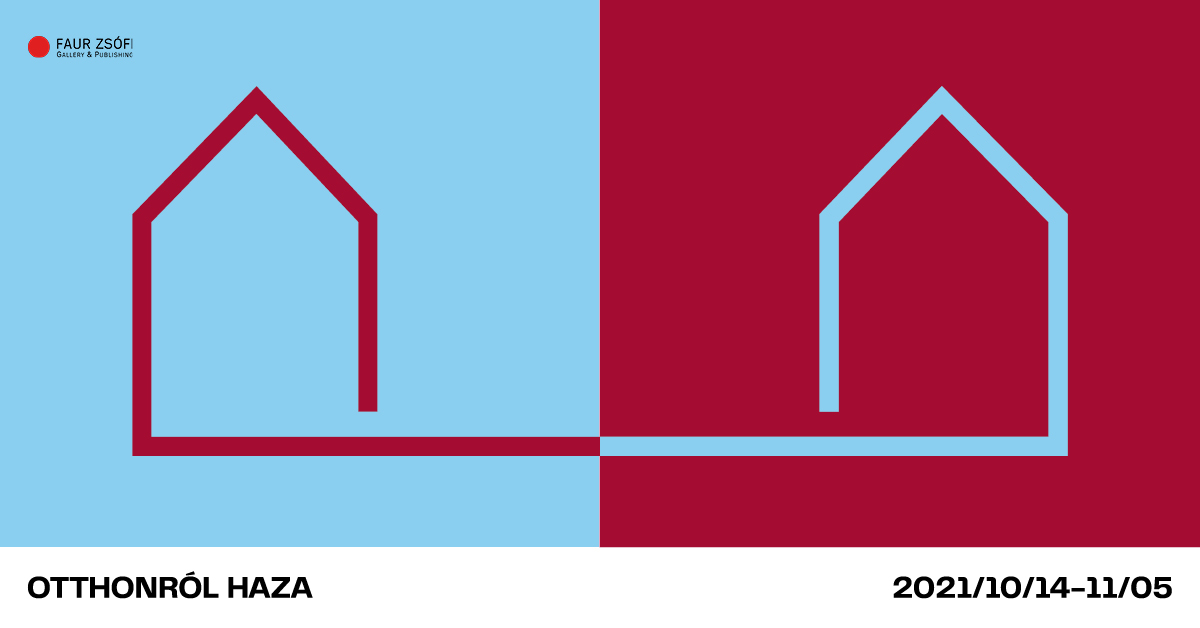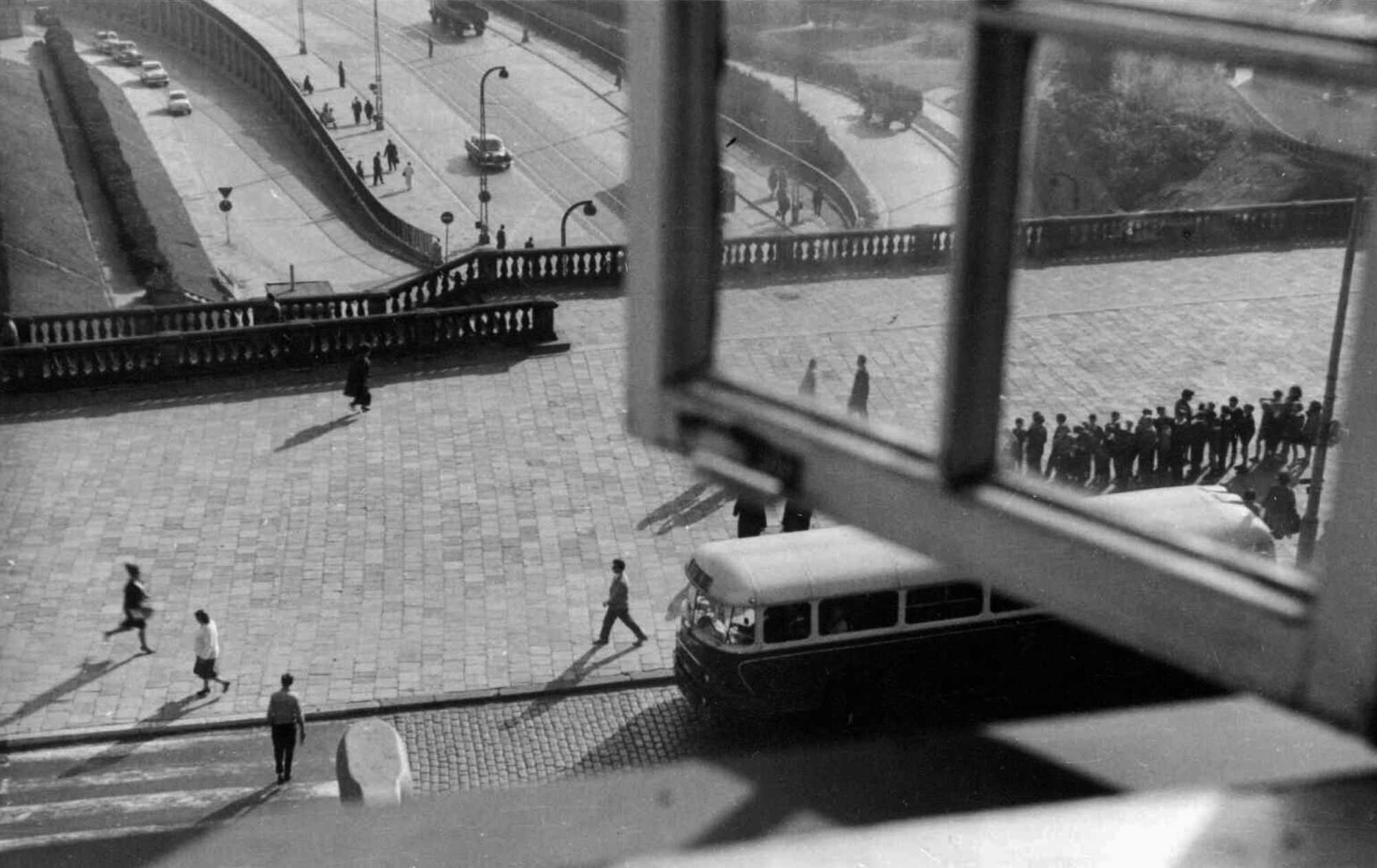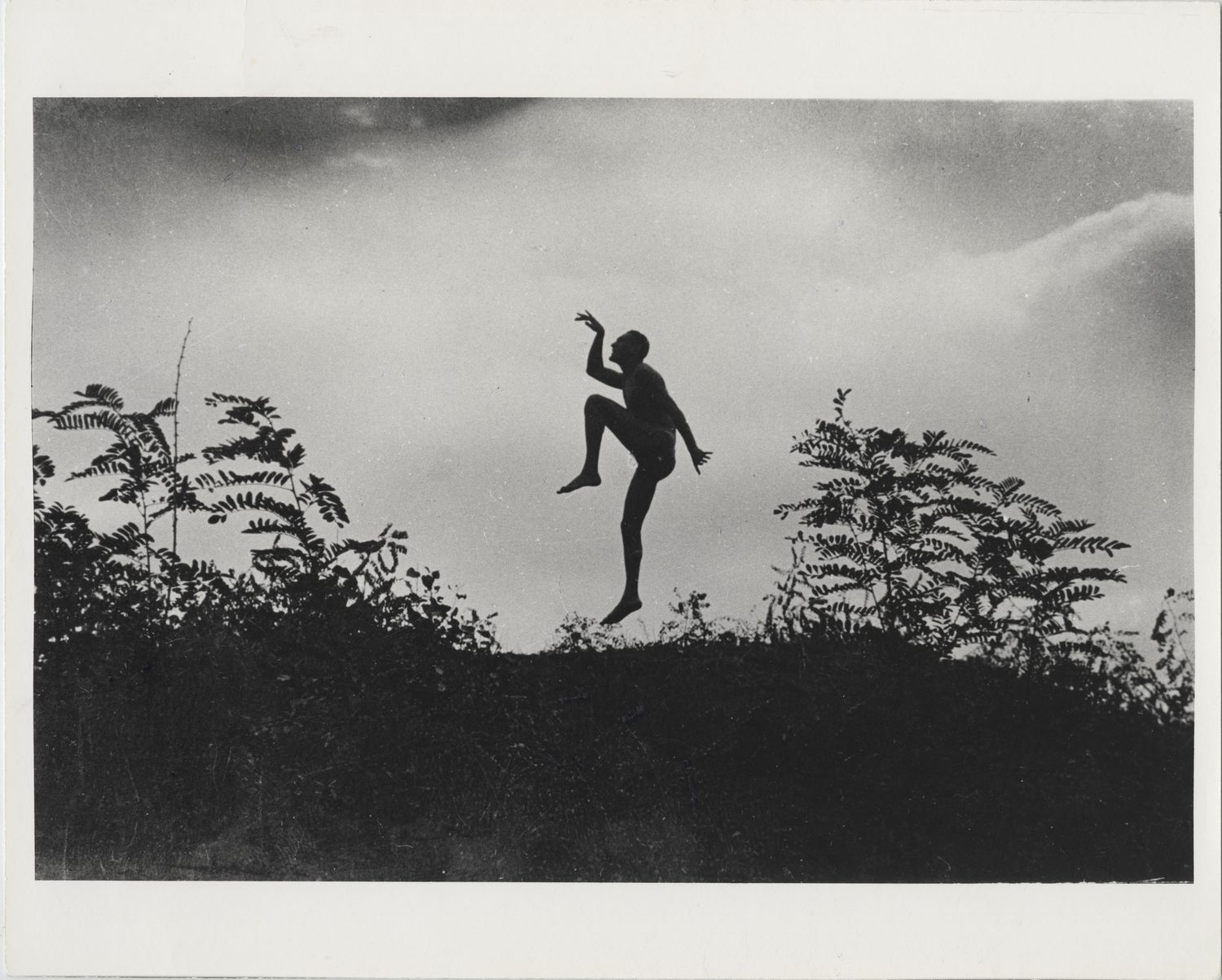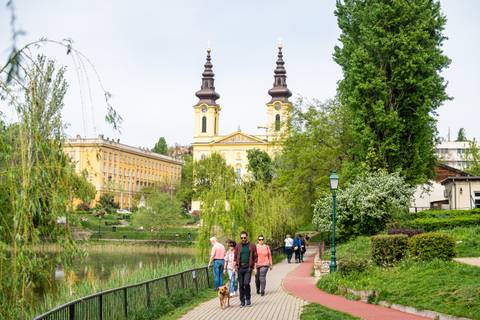With museums and galleries now fully operational, there's a whole range of fascinating exhibitions to choose from this autumn, displaying everything from an authentic pharaoh's tomb to the contemporary street art of Budapest. Here are ten top suggestions!
2/10
Budapest Street Archaeology
Two
decades of street art from around the Hungarian capital have been
collated for this exhibition,
introducing influential
Hungarian artists,
projects and artefacts. The aim is to familiarise children with
the latest
visual culture so
they might better appreciate and protect their
surroundings. Exhibiting artists include 0036Mark, Mihajlo
Kolodko and Rapa
73.
3/10
Cloaca, Canals and Closets
The cultural history of human waste is the subject of Cloaca, Canals and Closets, an exhibition so popular it's been extended until 9 January next year. Showing images and models of the equipment used to
facilitate this basic human function, Klóaka, Kanális, Klozet at the Kiscelli Museum floats the most fundamental of questions.
Were the Dark Ages really that dark? (Perhaps not, it turns out.) How
long have their been private bathrooms? And flush toilets?
6/10
From Home Back Home
This
group exhibition at the Zsófi Faur Gallery on Bartók Béla út is
one of the most interesting in this year’s Photo Month.
This meeting of fine arts and literature runs until 5 November. The
dialogue revolves around the concept of home: what, how many of it
can it look like, what makes it the place where we live? Hungarian
writers have also reacted to the works created by Hungarian artists,
so images and text form a unity at one of the more unusual
exhibitions currently on show.
